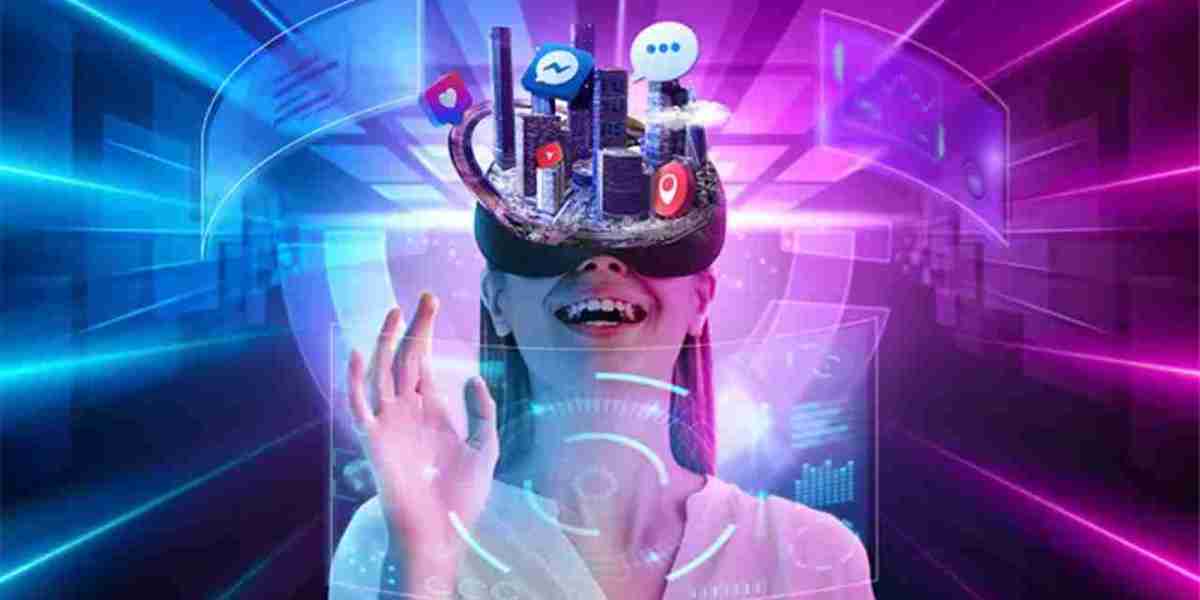Although blockchain , a type of database used to validate and store records of digital transactions, and Web3, the next iteration of the World Wide Web, are different technologies, they are closely related.
While blockchain technology helps organizations store and manage data securely without the need for intermediaries, Web3 is a decentralized website that allows companies to create decentralized applications (dApps) and services. Using technologies such as blockchain, Web3's goal is to establish an increasingly transparent and secure Internet.
Infrastructure supporting Web3
Combining blockchain with Web3 technologies allows organizations to create more efficient, secure and transparent applications . Consequently, the connection between the two is the basis of a new digital economy in which assets are stored securely and exchanged without intermediaries.
Blockchain and cryptocurrencies play a critical role in creating the Web3 infrastructure by allowing companies to decentralize Web2 services , including databases, social networks, and cloud computing. However, there are other technologies that allow dApps to analyze data in a Web3 environment much like humans do. Among them are:
- Artificial intelligence (AI)
- Machine Learning (ML)
- Internet of Things (IoT)
- Virtual reality (VR)
- Augmented reality (AR)
Because dApps are built on decentralized technologies, such as blockchain, they allow users to interact with decentralized systems as they would with traditional web applications. And developers can use dApps to create a wide variety of applications, such as supply chain management applications, financial applications, and social media platforms.
Blockchain is also changing the way transactions are made on the Internet , as the technology allows users to complete online transactions without the need for third-party services, such as banks, Visa, Amazon, and Google.
Additionally, Web3 and blockchain encourage openness and transparency. Users of Web3 can access agreements, resources, apps, content, and more by using cryptographic keys.
How Blockchain and Crypto fit into Web3 technology
Here are some ways blockchain and cryptocurrencies fit into open, accessible and borderless Web3 technology:
Access without permissions
Blockchain-based projects replace the proprietary systems of traditional organizations with freely accessible code. The permissionless nature of applications built on the blockchain allows anyone in the world to access and interact with them without restrictions.
Decentralization
One of the main problems with Web2 is that power and data are concentrated in a few main actors. But Web3 is decentralized thanks to blockchain and cryptocurrencies, which disperse power and information more widely.
By using distributed public ledgers powered by blockchain, Web3 enables greater decentralization and transparency.
Digital payments infrastructure
Since cryptocurrencies are borderless and require no intermediaries, they can act as Web3's digital payments infrastructure, enhancing Web2's bulky and expensive payments infrastructure.
Reliable transactions
With blockchain and cryptocurrencies, users do not have to trust an intermediary, such as a bank. Web3 users can carry out transactions without having to trust third parties, except the network itself.
Ownership and transparency
Cryptocurrencies offer tools such as self-custody crypto wallets , which allow users to store, manage and trade cryptocurrencies without the need for intermediaries.
Additionally, when users connect their wallets to decentralized applications, they can use their funds for a variety of reasons, and using a transparent public ledger, anyone can verify who these funds belong to.
Immutable transaction logs
Blockchains are designed so that no party can alter the transaction record, since once a record is added to the blockchain, it is virtually impossible to delete it.
Advantages of blockchain on the Web3
As blockchain and Web3 technologies become more widely adopted, companies are identifying a variety of ways to leverage this combination of technologies.
Here are some of the ways a blockchain-based Web3 can benefit businesses:
Greater security: Blockchain's distributed ledger system allows for secure transactions without the need to rely on intermediaries or third parties. In this way, organizations' data is better protected against fraud and cyberattacks.
Faster transactions: Blockchain technology processes payments much faster than traditional payment processing methods. Consequently, it is perfect for applications such as online shopping.
Cost Savings: Blockchain networks are decentralized , meaning companies do not have to spend money on servers or other related overheads.
Increased transparency: Blockchain makes it simpler for businesses to track assets from one place to another by providing a digital chain of custody.This helps organizations maintain accurate records and remain compliant with regulatory requirements.
Improved efficiency: Blockchain technology automates routine , time-consuming tasks, improving workflow and reducing operational costs.
In summary
Blockchain is the basis of Web3, especially because it transforms the data structure in the backend of the web. The main characteristic that makes it the basis of Web3 is decentralization.
Web3 and blockchain technologies are closely related, as Web3 technology uses decentralized technologies to establish secure and transparent systems of interaction with the Internet.
Blockchain and Web3 are key pieces of the emerging digital economy. By employing these powerful technologies, organizations can benefit from faster transactions , greater security , greater transparency , and cost savings . Since blockchain provides cryptographic proof of a series of transactions, its use in Web3 is essential, especially to foster trust among users.
Web3, to put it technically, is a collection of blockchain-based protocols that seek to rewire the Internet's backend.
Blockchain and cryptocurrencies are working to drive the Web3 revolution as they aim to facilitate permissionless, decentralized and trustless interactions.



